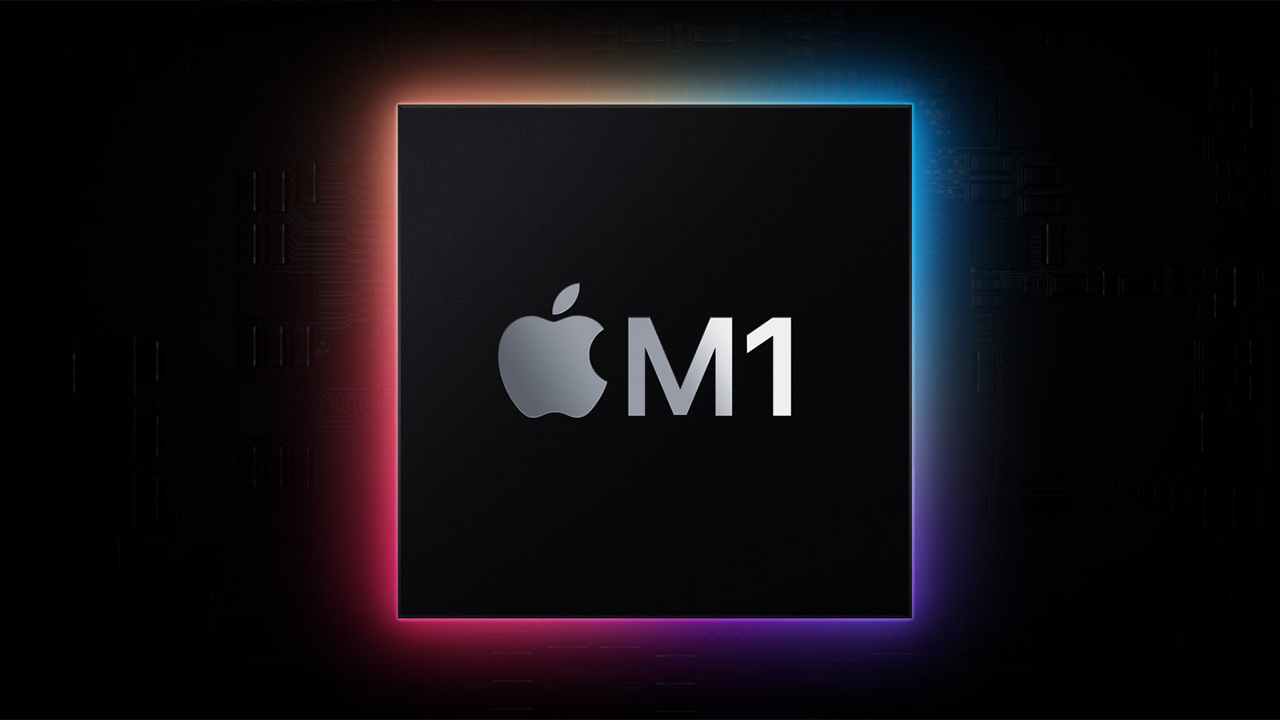When Apple announced the transition of Macs to its own system-on-chips (SoCs) earlier this year, the company made it clear that while it will provide x86 emulation for MacOS programs developed for x86 CPUs, it will not offer a version of BootCamp with x86 emulation to enable Windows 10 to run on Apple Silicon-based Macs. But in a recent interview with Ars Technica, Craig Federighi, Senior Vice President of Software Engineering at Apple says that Microsoft has everything it needs to make Windows 10 for Arm to run natively on SoCs like the M1.
Up to Microsoft
“That’s really up to Microsoft,” said Federighi. “We have the core technologies for them to do that, to run their ARM version of Windows, which in turn of course supports x86 user mode applications. But that’s a decision Microsoft has to make, to bring to license that technology for users to run on these Macs. But the Macs are certainly very capable of it.”
Being a primary supplier of business and productivity software, Microsoft is currently developing its Office suite for Arm-powered Macs. That version of Office will run natively on these systems, which means that Microsoft knows how to build software for the latest Macs. The latter can of course run many of the operating system or applications developed for 64-bit Arm architectures. Microsoft has a version of Windows designed for Qualcomm’s Snapdragon and other ARMv8 SoCs, so doing something similar for the new Macs should be quite possible. There are a number of uncertainties though.
In order to make Apple Silicon-based Macs offer the same features and performance in Windows and MacOS, Microsoft will need to make Apple’s IP, including GPU, neural engine, and special-purpose accelerators, work in Windows, which requires compatible APIs (application programming interfaces) and drivers. Apple’s MacOS exclusively uses Metal API for graphics processors, which is why Apple’s GPUs are developed with Metal in mind. There are several ways to make Apple GPUs work under Windows, but at present it is unclear what Microsoft can do with Apple’s hardware in terms of APIs and drivers. Another intriguing aspect is how Apple’s M1 and its successors will perform in Windows. Preliminary benchmark results of the latest Macs based on the M1 show that the chip can beat its x86 rivals, albeit in MacOS and in select applications/workloads.
Windows on Arm on Mac?
There are people who use Macs for most of their workloads, but require Windows for applications that are not available for MacOS. Without doubt, Intel-based Macs have gotten quite popular among such people over the last 14 years. For several years down the road, they will likely continue to use x86 Macs, but at some point, those PCs will get outdated or will simply break down, which is when they will have to replace them.
Assuming that Microsoft has everything it needs to make Windows 10 for Arm work natively on the latest Arm-based Macs, the question is what does the software giant gain by enabling its operating system work on Apple’s hardware. Apple controls about 10% of the PC market and the percentage of Mac users who need Windows is hardly significant, so from volume perspective Microsoft hardly gains anything tangible.
But making Windows 10 work on Apple Silicon-powered Macs properly could inspire the market to actively adopt Arm processors for Windows laptops, which will make the platform more versatile. Meanwhile, if Apple’s M1 and its successors can beat x86 CPUs in Windows environment, this may have an impact on the PC market in general and for obvious reasons Microsoft is going to want to be a part of it.
